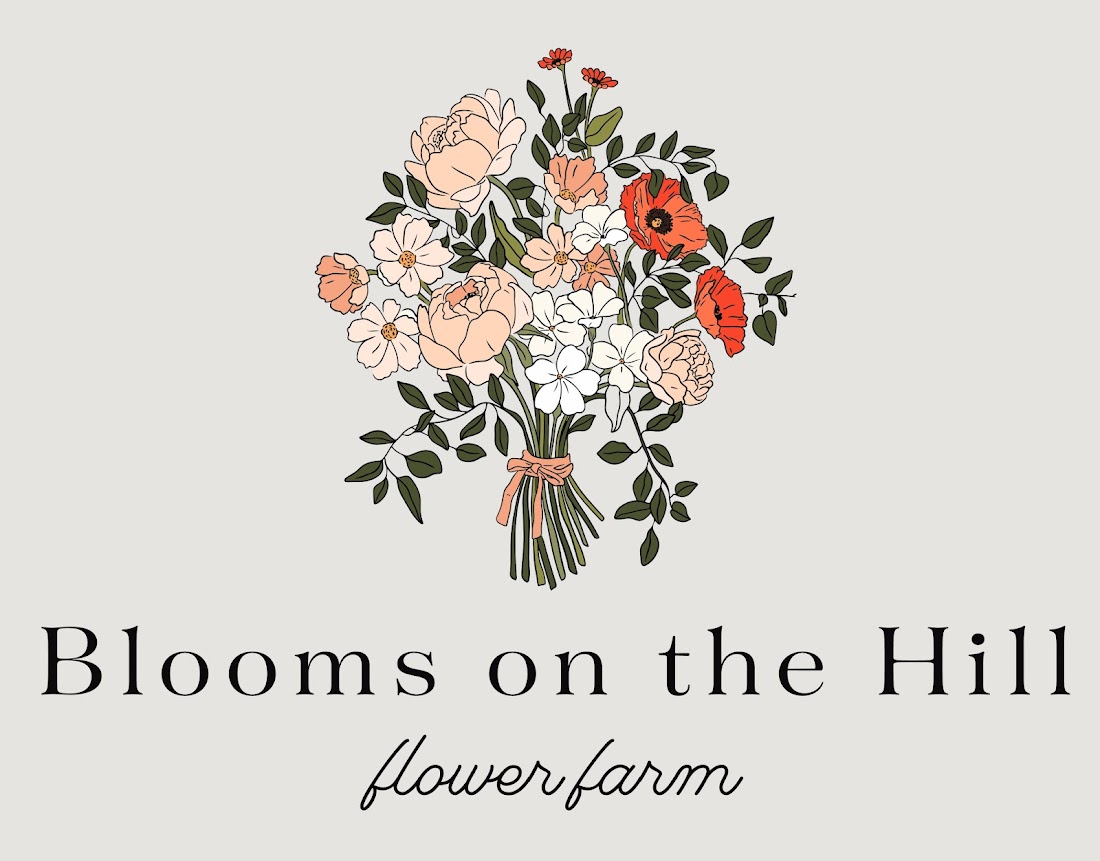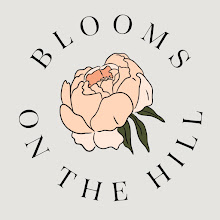Flowers flowers everywhere. The supermarket and the florist are probably two places that automatically spring to mind. The florist might be dearer, but they have experience in creating amazing bouquets and incredible floral installations. A definite go-to for your wedding or for that extra special gift. The supermarket. They're certainly convenient but exactly how fresh are those flowers? And come to think of it, how come you managed to buy roses from the florist in the middle of winter? Aren't they normally blooming in spring and summer?
These are the questions that people are now asking and if they're not then they should be. Exactly where did those roses come from in the florist? How far did they travel before they ended up in your wedding bouquet? What is their country of origin? Are they actually even safe for you to handle? How come those supermarket flowers look like they've been dragged through a bush backwards? (they probably have) These are all good and very relevant questions. Unlike food products flowers do not have to be labelled with their country of origin. How far have your roses travelled....well that's really a grey area.
The Netherlands is the highest exporter of cut flowers in the world, something like 65% of Europe's flowers come from there and are shipped to countries like Germany, Italy and the UK. The US imports a huge volume of its cut flowers and, I'm sorry to say, so does Australia. Most of our flowers are imported, and in winter, approximately 90% of our flowers have come from overseas. These babies have done more mileage than I have. That's not a good statistic, particularly if you're conscious of the sustainability of the products you are purchasing and their environmental impact. Australia mostly imports flowers from countries like Kenya, Colombia and Ecuador and unfortunately the international trade is forcing smaller Australian growers out of business. It's the age old story. They can produce them cheaper overseas and ship them in, all for less than what I, and others, can grow them for on our small micro flower farms. The price might be right, and the volume and variety of flowers a bonus, but what about the negatives?
Firstly, there is the environmental downside, which I have already mentioned. The carbon footprint of an imported flower is huge. They're flown from where they are grown, sometimes on to an international market in a different country, and then on to their destination. From there they are unloaded off planes and put on trucks and shipped around the country to the cities flower markets. There they will sit a bit longer (after an already mammoth journey) and finally be picked up by the florist. How many days since they have been picked? Not really farm fresh are they?
Secondly, and probably the main question you should be asking here really is...what on earth have they been treated with to last this long? What kind of chemicals have they been sprayed with to keep them alive? And worse...what have those in charge of Australia's biosecurity sprayed them with as well?? Australia has some of the strictest biosecurity laws in the world so you can bet your sweet chrysanthemums those suckers have been doused in all kinds of nasties. Yep, these guys aren't fresh, and worse, they're also toxic. Burying your nose into your wedding bouquet or bunch of Valentine's Day roses is probably not the best idea.
Thankfully there are alternatives. There are a lot of small growers, like myself, popping up all over the place. A lot of them are women who find themselves blessed with a small, or sometimes even slightly largeish, patch of land to grow flowers. Often they are stay at home mums, women who want a more fulfilling job, something where they can get back to nature, get outside and get their hands in the dirt. All of us simply can't function without the beauty of flowers in our lives. Through buying from a small flower farmer you are buying directly from a real person, not a company, someone who works and lives on their farm, who pours everything into their patch of land, who works through the heat and the rain, the wind and the cold, who is out there madly staking up their dahlias in the middle of a storm. You are buying from someone who truly loves their product and pours their soul into their existence. Purchase from a flower farmer and you are not only buying the freshest flowers possible but you are putting money straight into the hands of a local farming family, not sending it overseas.
A lot of florists are now buying their flowers from smaller local growers, and making a point of doing so, sourcing out growers that are nearby to them. They are consciously buying in flowers that have done less miles, that are grown sustainably and where they know they are supporting a small local grower. In doing so they are also able to source flowers that they simply cannot buy from overseas. Things that just don't travel, like dahlias, sweet peas, cosmos and lilacs. Seasonal flowers that are old fashioned but are still beautiful none the less; in fact probably even more beautiful than the perfectly straight stemmed roses that have been flown in from overseas. Farm grown flowers are fragrant, which is something that is often lost in mass produced flowers, and the variety of blooms is almost endless.
Your local grower can often be found at a farmer's market, along with the freshly grown vegetables and locally baked bread and other goods. Instead of thinking of flowers as a luxury why not make it a weekly purchase along with your bread and potatoes? They certainly do in Europe. It is likely that you will find flower farmers have quite competitive prices for blooms, particularly as we don't have the same overheads as a florist, but also we usually offer more simple bouquets.
Often people get into the mindset that flowers are a bit of a waste of money because they don't last forever but here is where the benefit comes from buying direct from the flower farmer. The blooms will have been picked either that day or the night before and they will not have travelled far to reach you. You will also find the flower farmer is a wealth of information on how to care for that specific type of cut flower and will certainly be more than willing to pass on any tips or tricks to help extended their vase life.
Look for your own local flower farmer via Instagram, there is a whole happy family of growers sharing the beauty of what they grow on that platform, or keep an eye out at your local farmer's market. Perhaps even ask your florist where they get their flowers from and if they don't purchase from local growers you might even be able to request that they check some out.
As a local grower in Budgeree (near Boolarra) I sell my flowers from the farm gate, and I also have a stall at various farmer's markets. I sell small, large and extra large bouquets and you can also buy a 'bucket of blooms' which includes mixed flowers and foliage so you can create your own arrangements at home. Bunches and bouquets, as well as jars of blooms, are also stocked at the Boolarra Post Office.
To follow me on Instagram go to @blooms_on_the_hill
































